Blog
February 28th, 2012
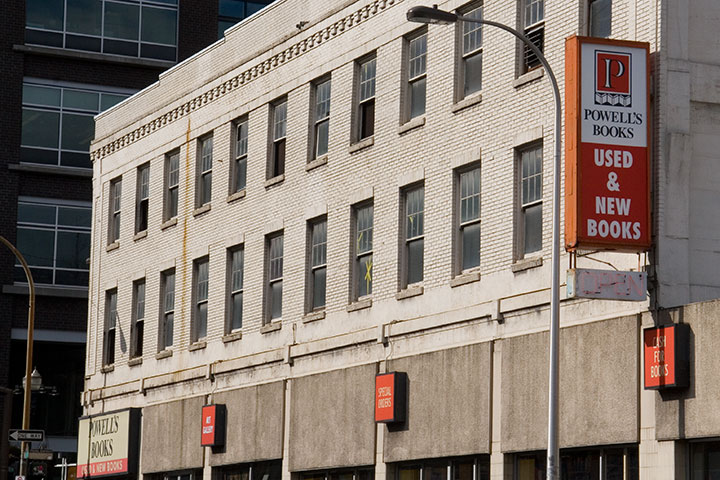
Seeing our stuff for sale at my all-time favorite bookstore makes me happier than I could ever see. If you’re in Portland, or you’re going to be, you can now find Dead Feminists postcards, Lemonade Journals and mini-prints at Powell’s City of Books! Last time I was there I found them in the Red Room.

Rumor has it they’re also in the Orange Room, but Powell’s is crazy-huge and charmingly labyrinthine, so I never did come across them there. Never fear, though: the myriad Info Desk staff are smart and lovely. They’ll point you in the right direction.
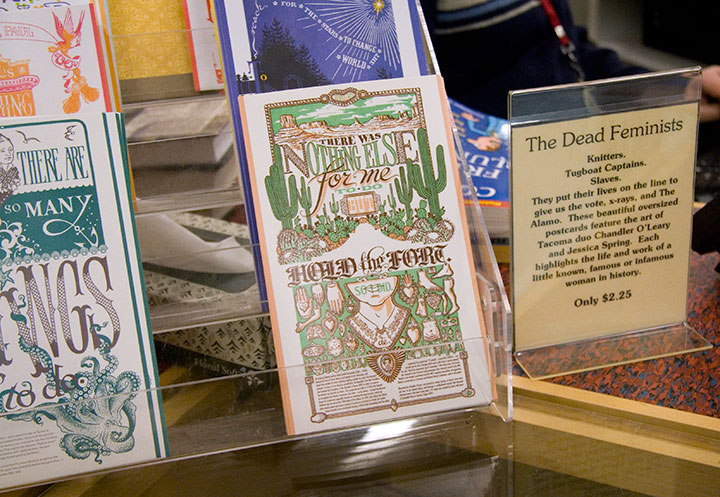
P.S. How cool is the description on that sign? I love these people.
January 18th, 2012
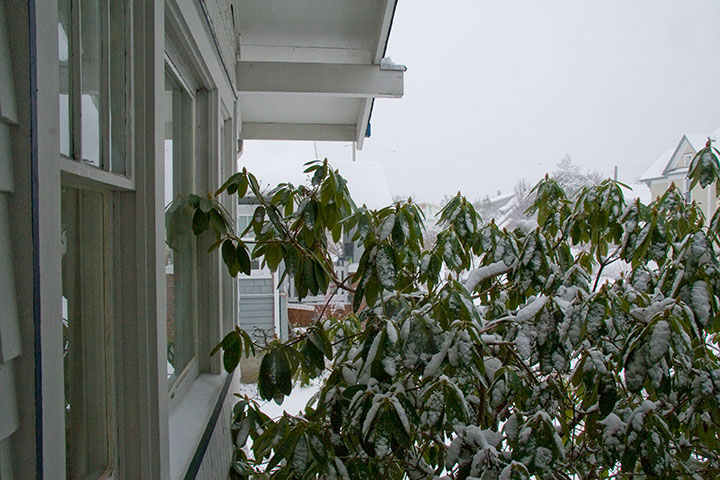
I’m not the only one who’s housebound today.
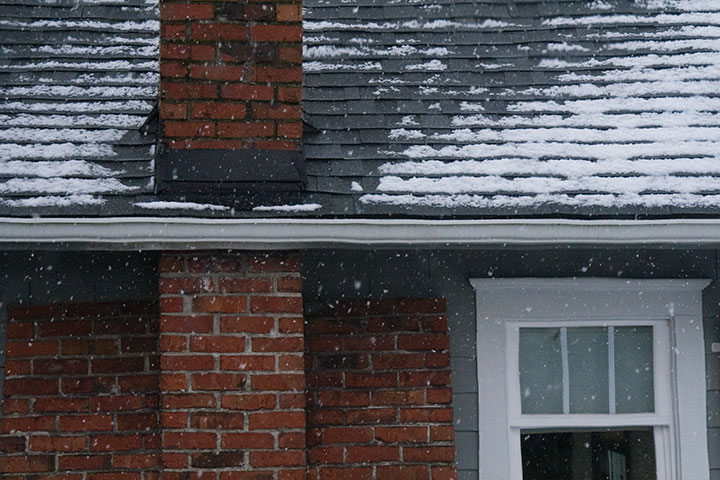
Winter finally remembered us, and for the last four days the snow has been swirling.
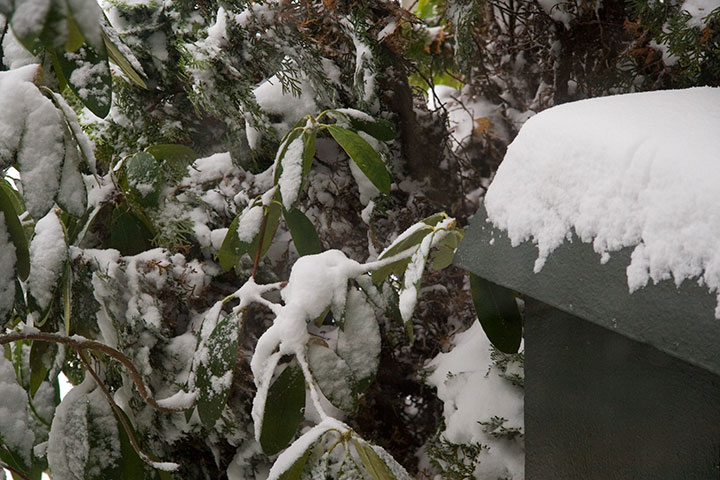
Today we woke up to a proper blanketing.
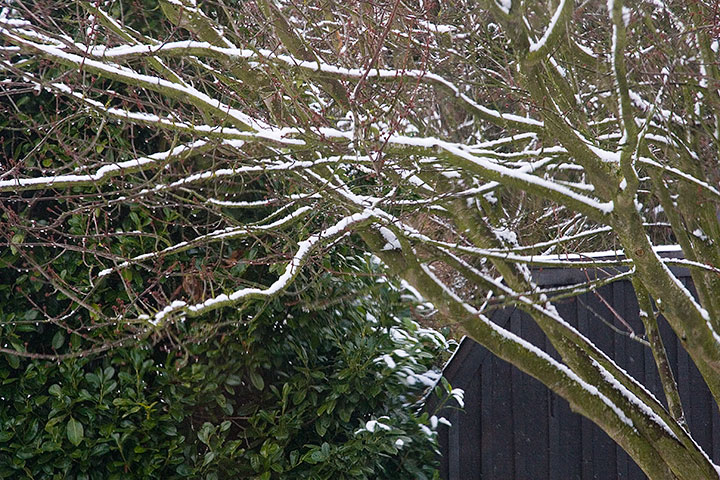
So all over town, people are staying home, and watching through their windows—just like I am.
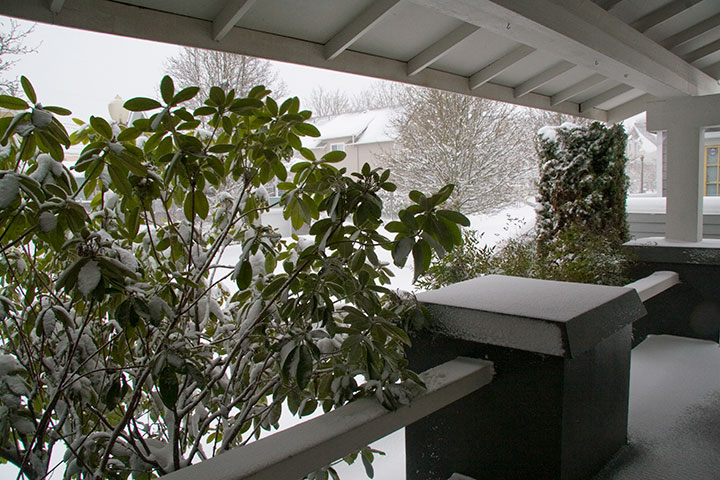
Thank you to everybody who commented, emailed, called, tweeted, sent cards and packages, delivered chocolate, or dropped by to keep me company. Your kindness has been so wonderful, so warming. I’m doing fine, for the most part, and though we don’t have all the answers yet, what we do know is there are no broken bones or anything really scary. I go back to the doc on Friday, and hopefully we’ll have a proper diagnosis then, as well as a plan for what comes next.
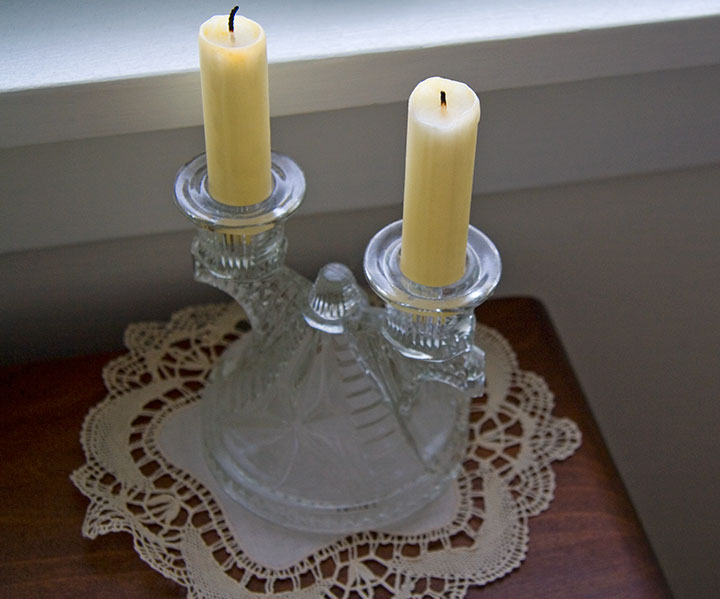
Until then, I’m here, waiting in the white.
January 2nd, 2012

Well, Happy New Year indeed. This is how I’m kicking off 2012 (not actually kicking anything for some time, methinks); nobody expects the Spanish Inquisition, I guess.
I was out walking Jessica’s dog Brown in my neighborhood yesterday, when I got hit by a car. It happened at one of those double-T intersections where the cross street ends, then picks back up again further down the block. I was on the main road, approaching the near T-junction, when I saw a the car stop at the far T ahead. He had his blinker on to turn right onto the main street, and I made Brown stop and wait until I was sure of what he was going to do. He turned, and then it appeared he was going to continue straight, right on past me, so I started crossing the street at my T-junction. At the last second, without using his turn signal, he veered to the left, right into my intersection. I yelled for him to stop, but he never saw or heard me. I tried to run out of the way, but he was accelerating, so he hit my left leg before I could clear his car. I went flying forward, crashed on the pavement (with my glasses landing a few feet away) and dropped the leash, Brown spooked and kept running, and the driver screeched to a halt and jumped out of the car. He was just a kid—sixteen, according to the police report—and even more shaken up than I was. I told him to call 9-1-1, and while he did that, several witnesses ran up to help me out of the street and bring Brown back. The emergency crew was there within minutes, and I had to laugh when the EMT checked me in at the ER and gave the official accident code to the techs: Car vs. Pedestrian. Maybe if the car had been a Smart Car and the pedestrian a Sumo wrestler, the score would be tallied differently.
I keep thinking of all the ways this could have been worse. If he’d been driving an SUV instead of a compact car. If I’d been one second late in crossing. If I’d been two seconds late in crossing. If he hadn’t stopped. If it had been raining, or dark outside. If there hadn’t been anyone nearby to help. All things considered, I’m mostly okay, and very lucky to be so—but it’s bad enough. I’ve got some sort of knee injury that x-rays couldn’t determine, and I can’t call to make an MRI appointment until tomorrow (happy New Year). I’ve got an impressive collection of scrapes and bruises, and while there’s no walking or driving (stick shift) in my foreseeable future, there are a lot of phone calls to make.

So all of a sudden, all I have in the world is time. I’m trying to fill it with joyful, quietly productive things, because it makes the waiting easier. And I’ve never been more glad that we traditionally don’t take the Christmas tree down until Twelfth Night.
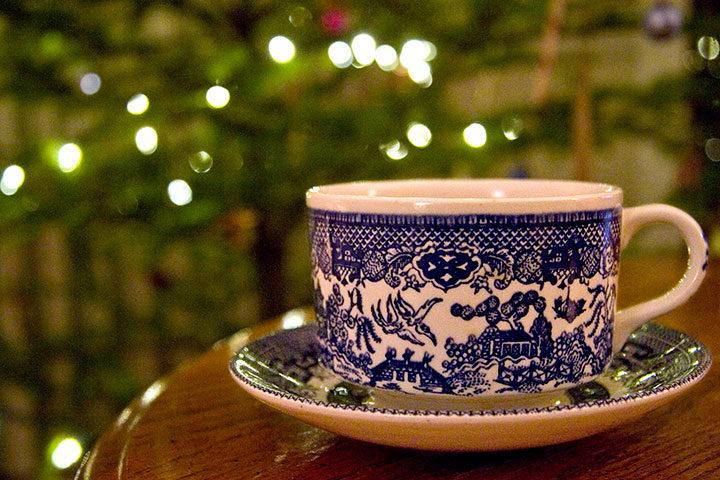
As I sit, and sip, and stitch, and sit, I wish more and more for some way to thank the unknown Tacomans for their kindness yesterday. The man who helped assess my injuries, lent me a phone to call home, and retrieved Brown. The woman who kept me talking in case of a concussion. The fireman who was so kindly and apologetic about the logistical questions he had to ask. The EMTs who assured me I wasn’t silly, and insisted I accept the “fuss” of an ambulance ride. The police officer who came to see me in the emergency room. Even the shaken teenager who knew enough to do the right thing.
And I wish for everyone else behind the wheel out there to stay present in the moment. Because sometimes looking both ways isn’t enough.
December 25th, 2011

I love it when a journey is required to bring Christmas home.


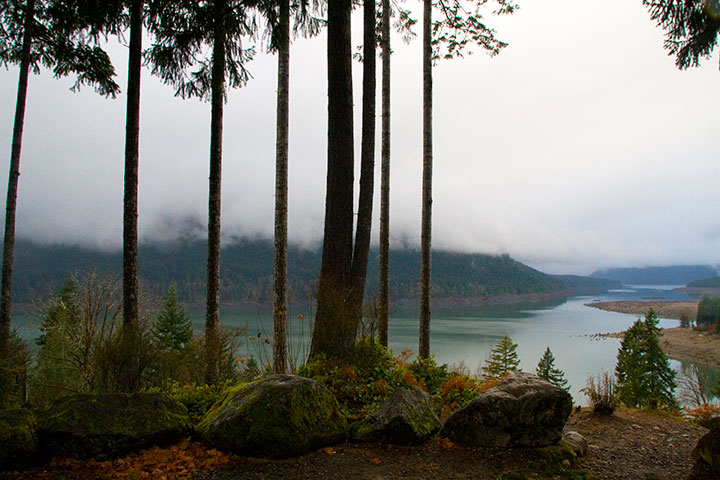
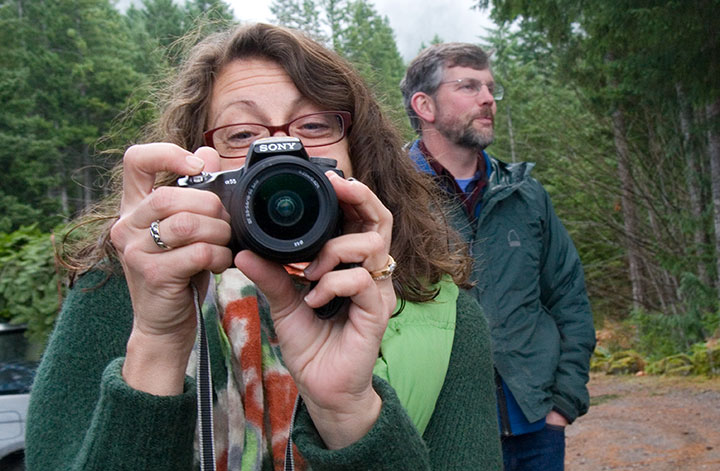

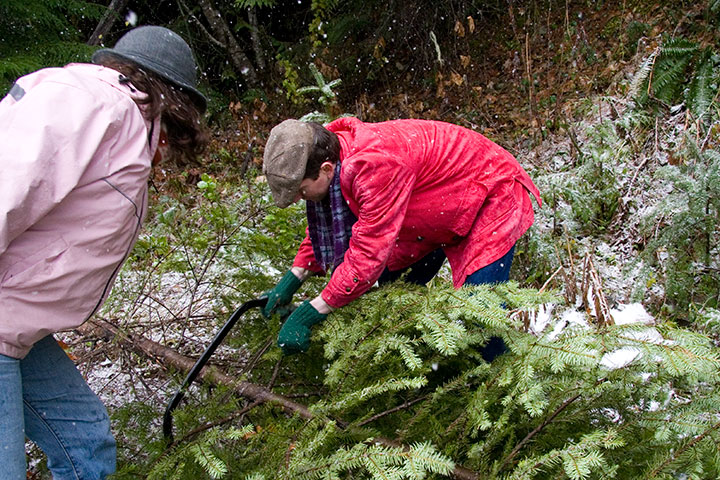
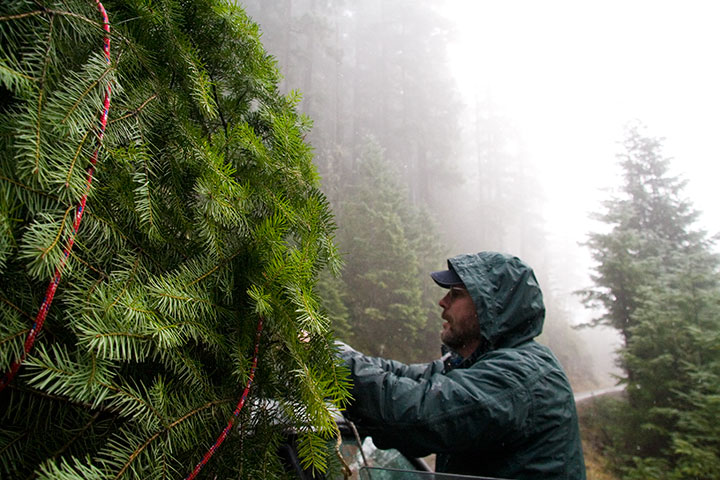
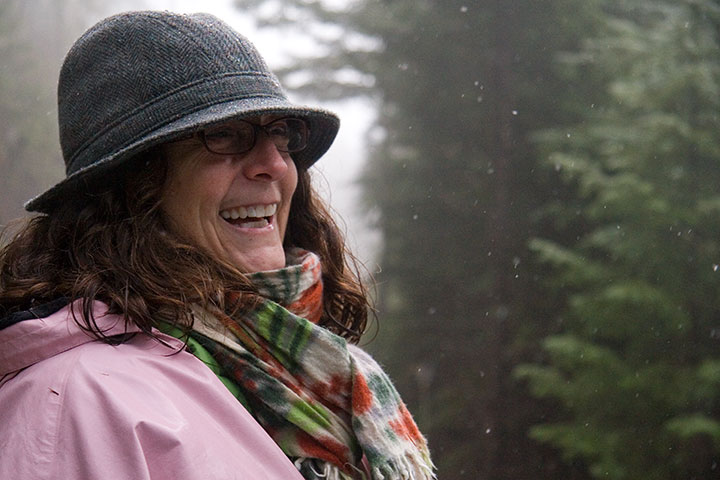

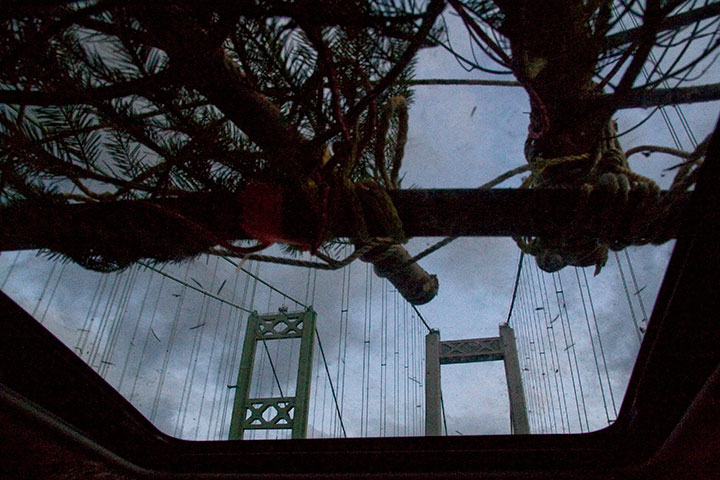
Hoping yours is holly-jolly, merry and bright.
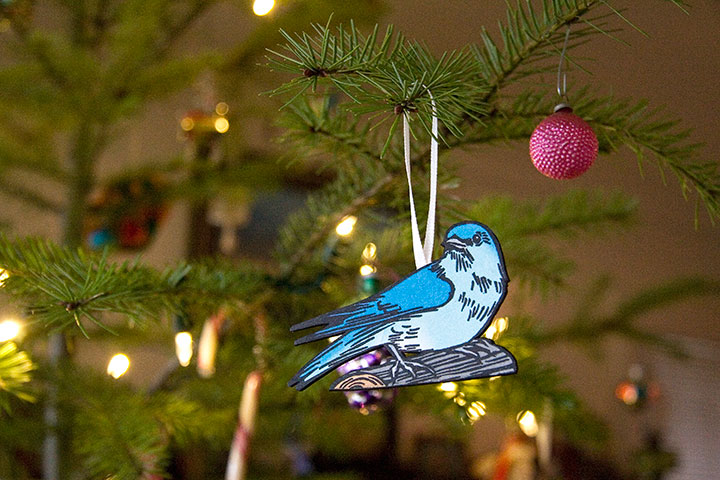
December 23rd, 2011
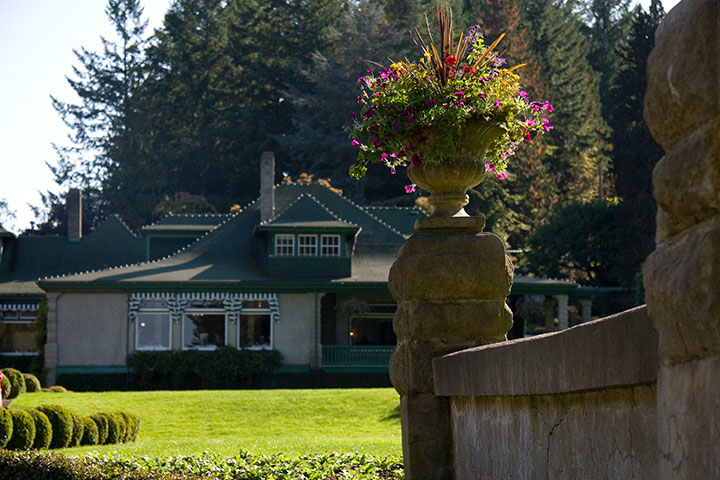
The three days Nicole and I spent in Victoria were star-studded with beauty and color, but nothing was quite so breathtaking as the Butchart Gardens, just a few minutes north of the city.
Now a Canadian National Historic Site, the Gardens were the private grounds surrounding the home of Robert and Jennie Butchart. So the place didn’t feel like your average botanical garden or arboretum. There were no exhibit signs, no identifying plaques next to the different flower types, nothing that created the feel of a museum—instead there was the perfect illusion of taking a stroll around the grounds of a palace, or traveling back in time to the days of manor houses and perfectly-maintained estates. Yet this was no exclusive world; the estate is named “Benvenuto” (Italian for “welcome”). The Butcharts welcomed to their home any visitor who wanted to see it, and they were famous for their hospitality. Jennie had reportedly served 18,000 cups of tea to friendly strangers before her family convinced her to charge a nominal admission fee.
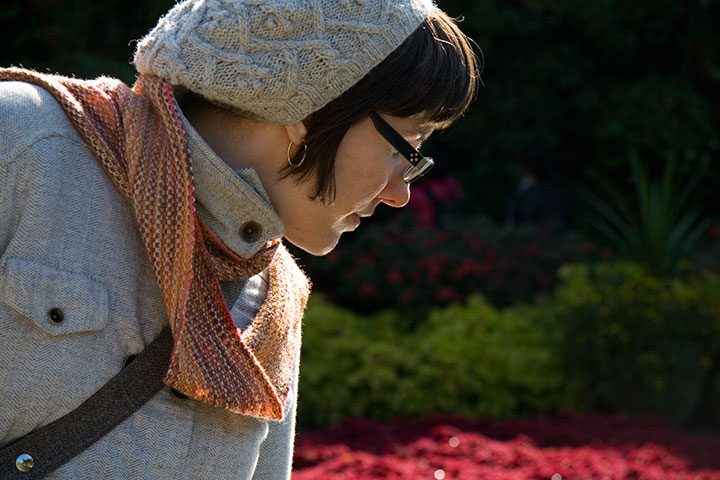
It wasn’t hard to see why the visitors came in droves. Nicole wandered off to admire the variety of blooms, but I stood mesmerized by the light.
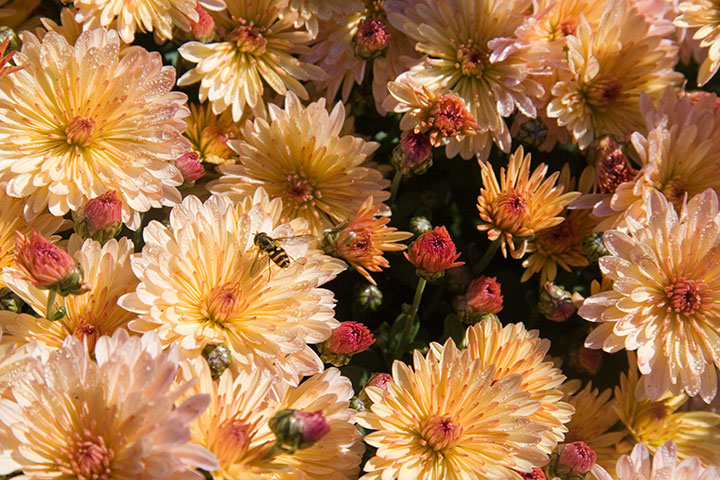
Usually gardens in the Northwest have a somewhat otherworldly glow, what with our silver skies and rainy mists. But in full sunshine, the place was an absolute riot of color.
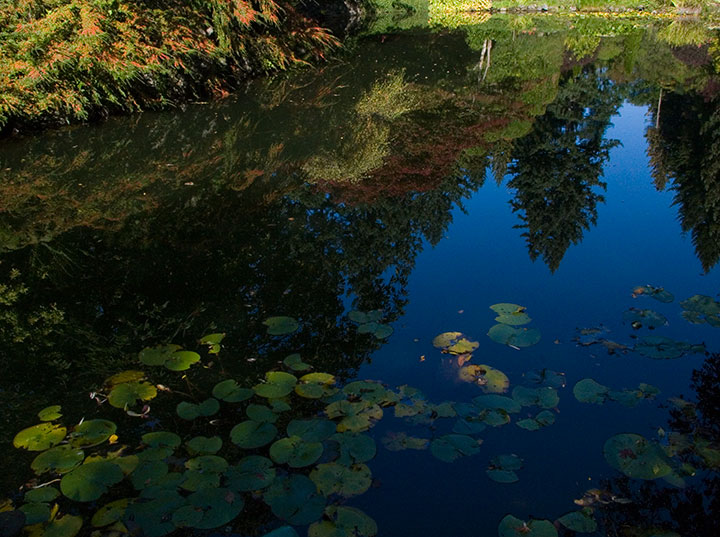
I could have spent the whole day just losing myself in the jewel tones all around me.

But Jennie Butchart’s garden is so much more than a flashy display of color: it’s also a staggering feat of environmental design and land reclamation. Jennie was way ahead of her time.
You see, the Butcharts’ land began as a turn-of-the-century limestone quarry, which supplied Robert’s cement company with raw material. When the quarry was exhausted, all that was left was a barren pit. It was Jennie who had the idea to transform an industrial wasteland into a thing of beauty. She had many tons of topsoil brought in by horse and cart, and over the course of several years, she gradually, patiently reclaimed the land and shaped it into a thriving garden.
The result is the stunning Sunken Garden, a masterpiece of earthworks and living sculpture. I was expecting the Queen of Hearts to appear around a bend in the path, a flamingo tucked under each arm. The perfect English garden.

As I continued along the path, suddenly I found myself transported to Versailles—

—and then to Japan.

Lest I lose my bearings, though, reminders that this is the Northwest were ever-present.
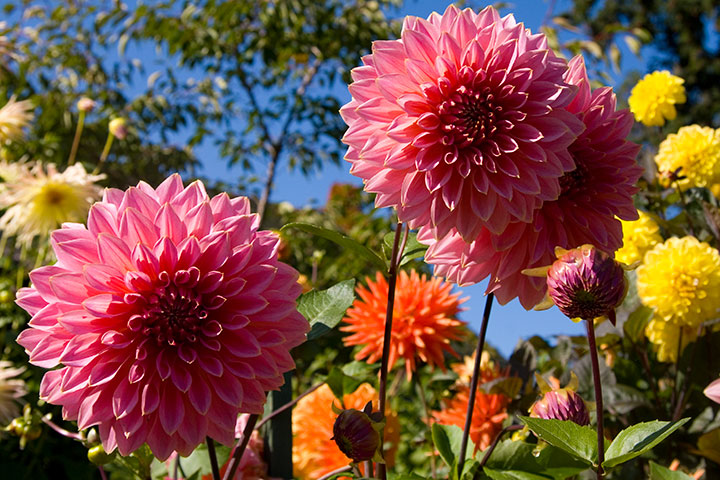
Jennie’s garden has evolved far beyond a labor of love. It’s truly a national treasure, and an international curiosity—we heard well over a dozen different languages spoken that day, and struck up conversations with people from five different continents.
Yet despite the flocks of travelers, it was never difficult to find a moment of peaceful, contemplative solitude. I can’t wait to return, and eventually visit Jennie’s garden in every season of the year.
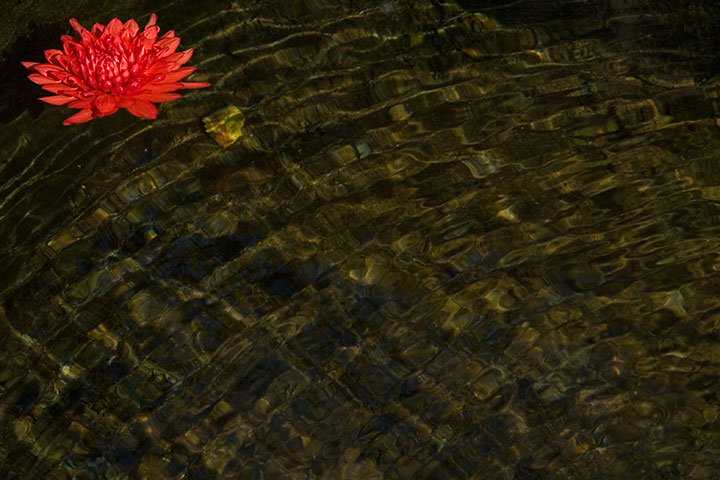
December 20th, 2011
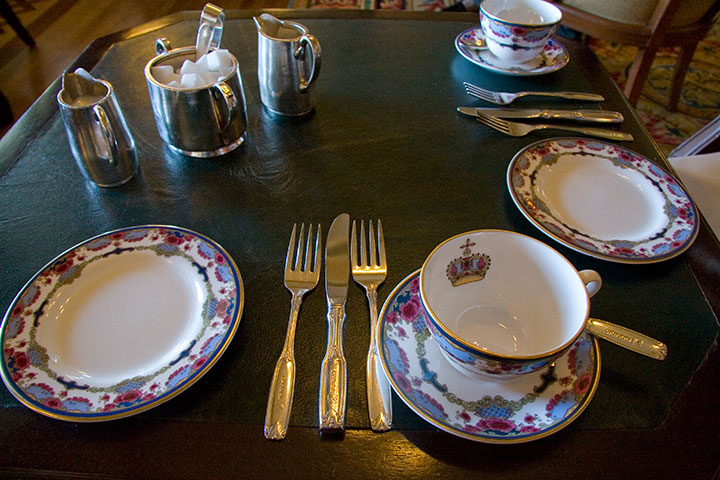
No stay at the Empress is complete without sitting down to Afternoon Tea.

Now, I love a good cuppa no matter where I am, but leaning back in a squashy chair and gazing upward at something like this makes every sip a little more special.
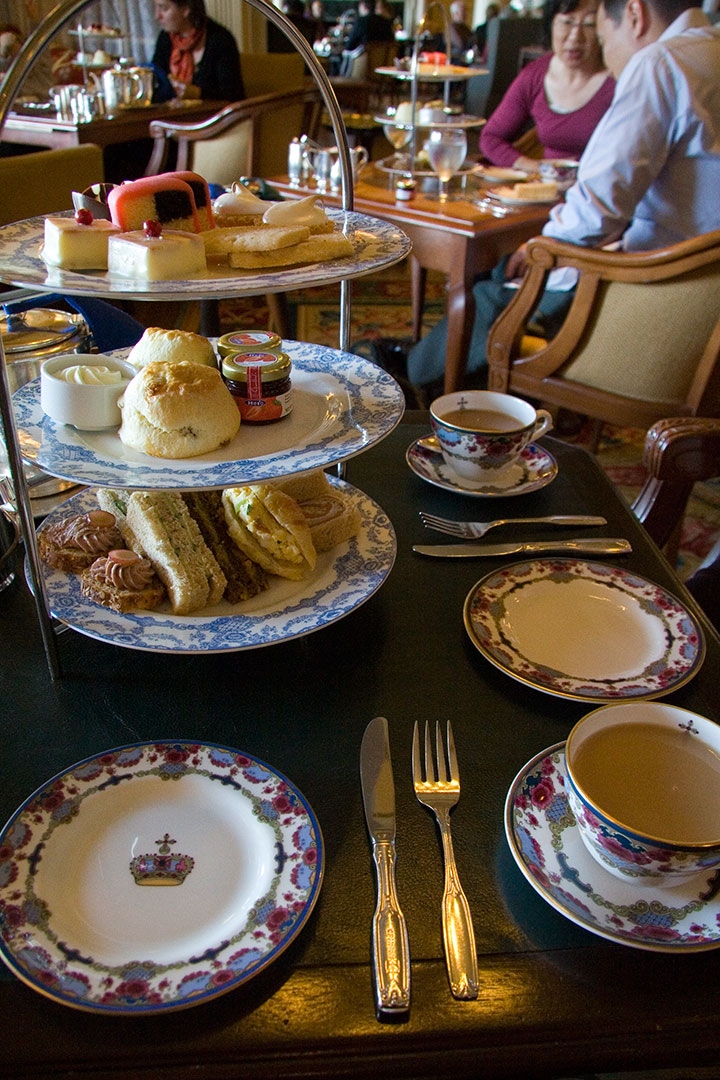
The Empress has been pouring tea every afternoon since it opened in 1908—it was the first venue in Victoria to offer it to the public.
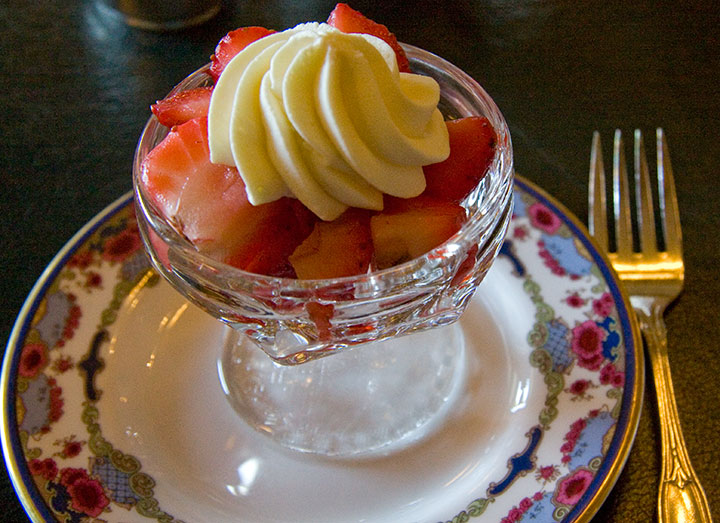
For over a century it’s been one of the city’s biggest tourist draws, but it was easy to forget all about the crowds. Somehow it felt like a quiet, private meal at the home of a dowager aunt. Not normally my, uh, cup of tea, but I loved how unexpectedly cozy it was.
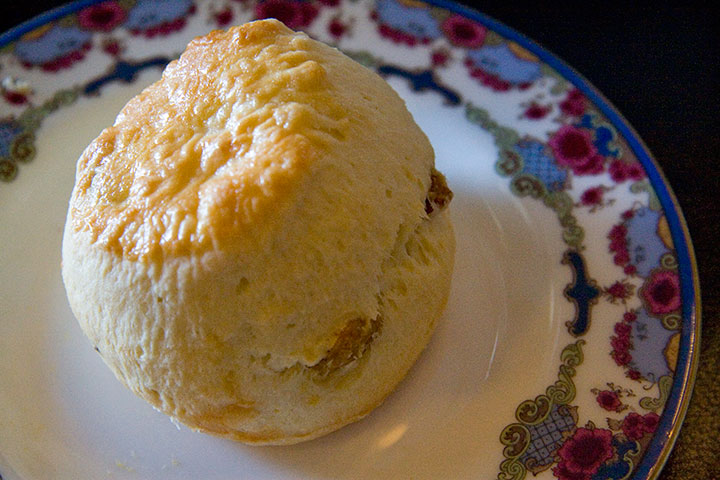
The scones made me miss the Tailor. He would have loved them—and then tried to figure out the recipe.

The savory course was to die for. It was a curious, perfect mix of England (curried chicken, cucumber finger sandwiches) and the Pacific Northwest (best smoked salmon ever). Two months later, I can’t even look at this photo without the memories flooding my taste buds and making me salivate.
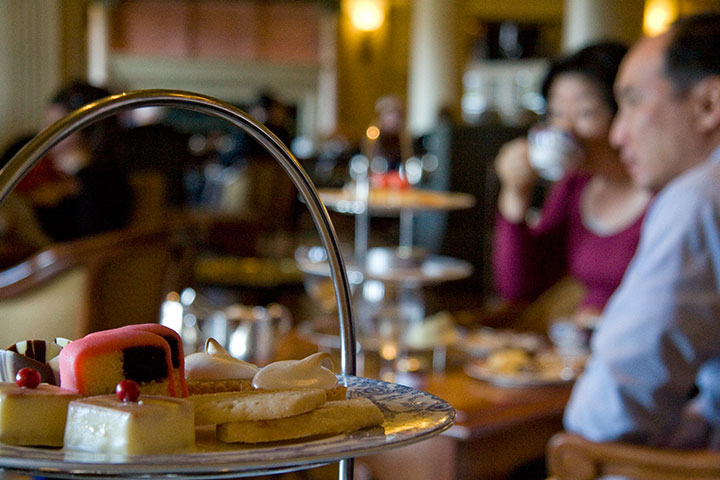
The Inner Harbour just outside the window, a good friend across the table, and a seemingly endless array of flavors to hand: the perfect recipe for a relaxing Sunday afternoon.
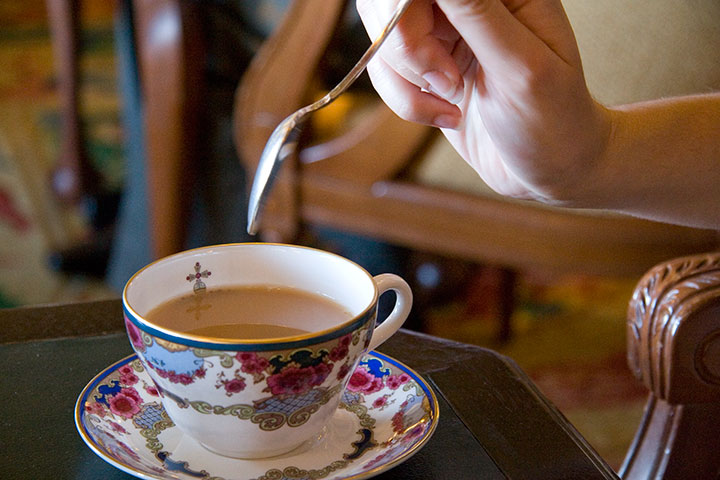
December 18th, 2011
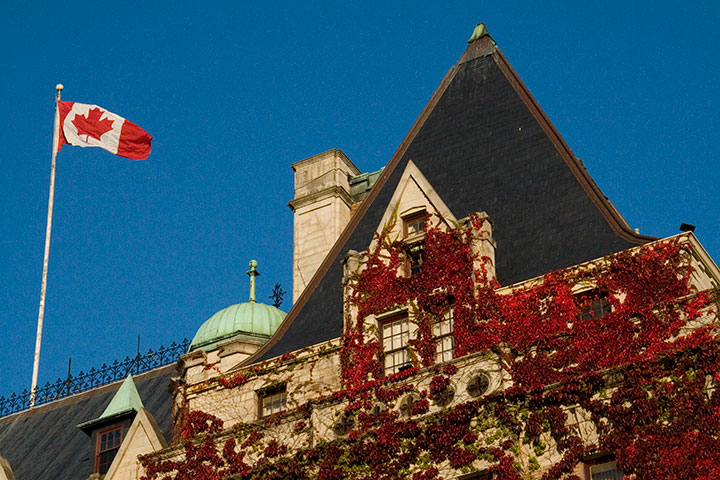
Yeah, I know. It’s a week before Christmas, and Hanukkah starts tomorrow. Our tree is up, and we even had our mega-huge holiday party last night (62 people—a new record!). But somehow, my mind is occupied with red-gold maples, not flocked evergreens. Maybe it’s the fact that everyone’s lawns are at their greenest at this time of year. Or maybe it’s the knowledge that once these Festivals of Light are over, there’s still a whole lot of actual winter darkness and that Northwestern silver-grey pall to overcome before the sun returns. Whatever it is, I’m not quite ready to let go of autumn yet. So in between the holiday records and the hall-decking, I find myself poring over my fall photos.

Autumn is always my favorite time of year, and this was a particularly good one. We had more sunny days than we have any right to expect in the Northwest, but that’s not the half of it. This was my thirtieth fall, so for me, there just seemed to be a hint of celebration in the air.
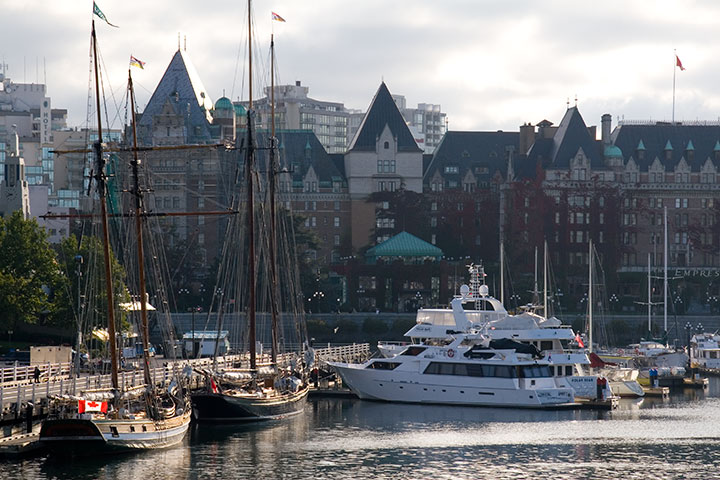
And so to start our next decade off with a bang, my friend Nicole (who also turned thirty this fall) and I spent three glorious days in Victoria, British Columbia.

In order to catch the morning ferry to Vancouver Island, we had to leave T-Town at oh-dark-thirty to reach Port Angeles at sunrise.

With view like this as a reward, though, it was hard to complain about the pre-dawn slog.
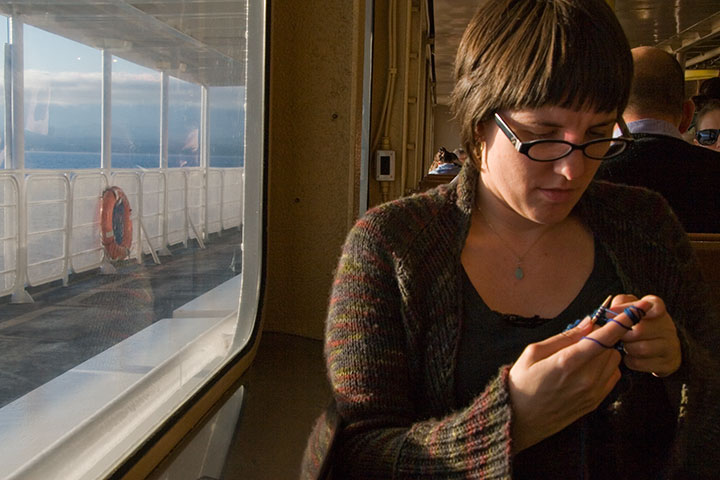
The tall cups of hot, strong coffee—and knitting!—keeping our hands warm didn’t hurt, either. After a ninety-minute crossing over the Strait—

—and a tight squeeze through the snug Inner Harbour—there we were.
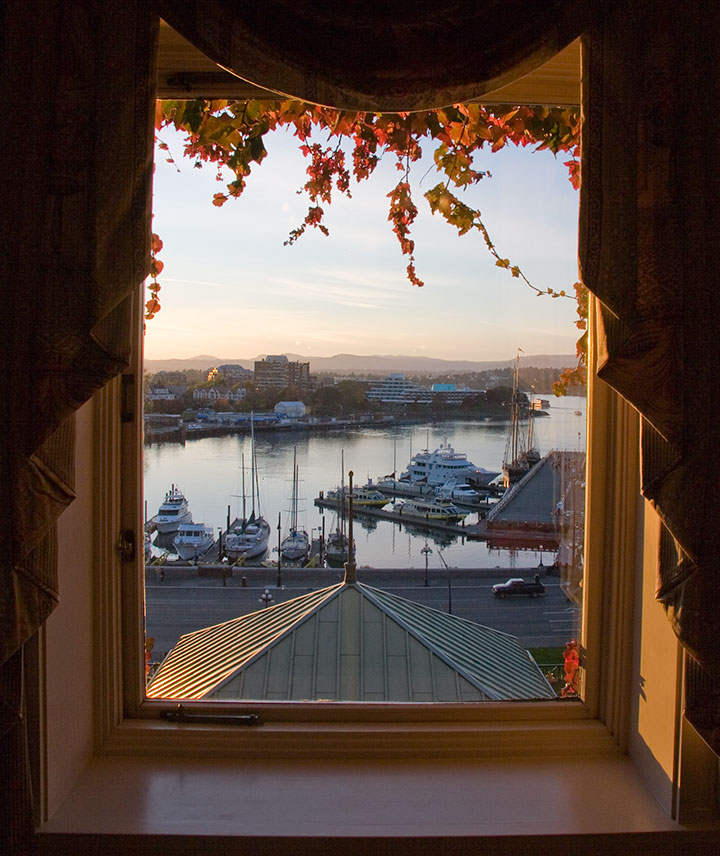
We checked into our hotel,
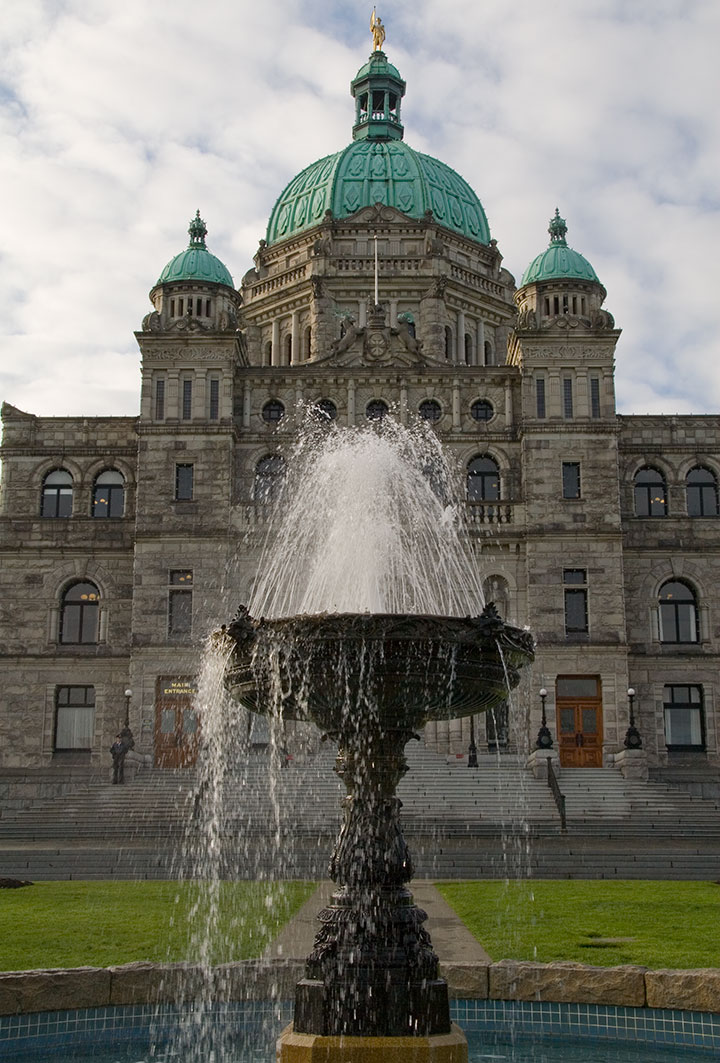
and then set out to see the sights—those just around the corner,

and a few slightly farther afield.
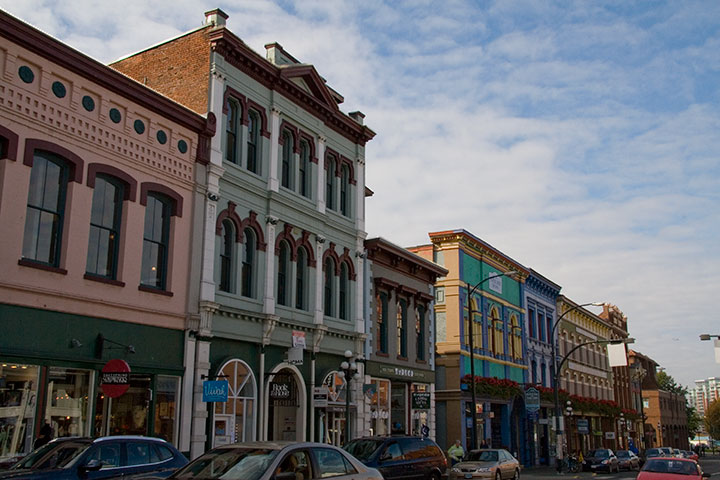
We couldn’t have asked for better weather for exploring the city,
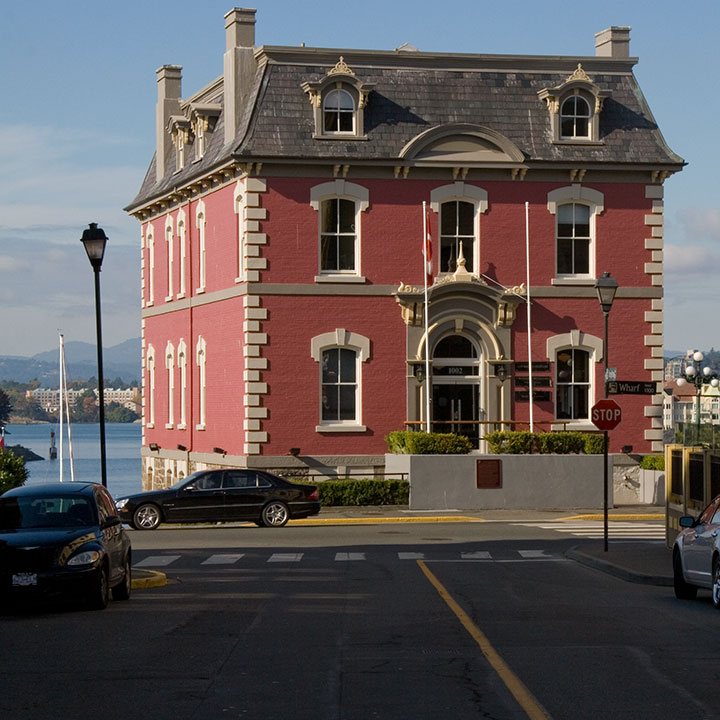
or better light for showing off its photogenic side.
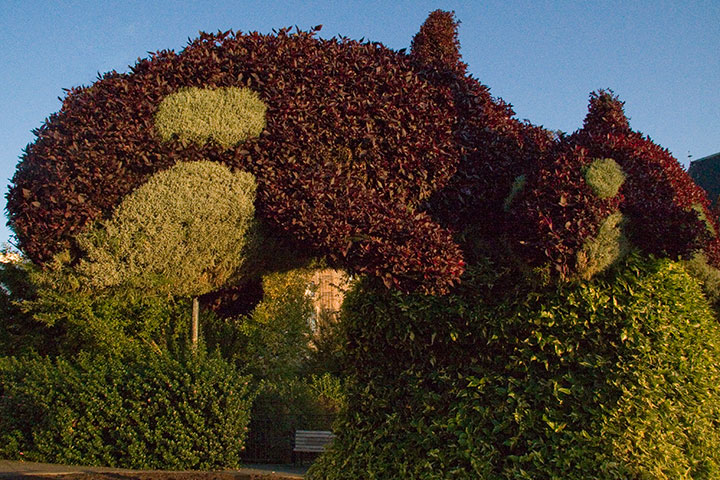
And whenever our overstimulated brains needed a break from all the grandeur, we could turn our attention to sights both quaint—
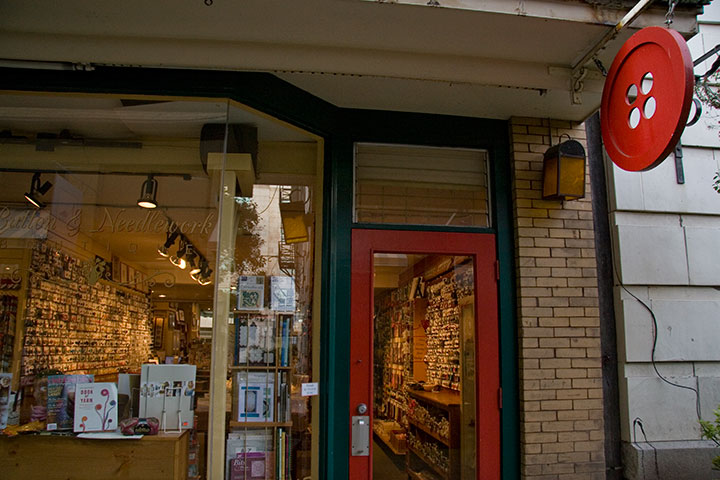
—and cute (as a button).
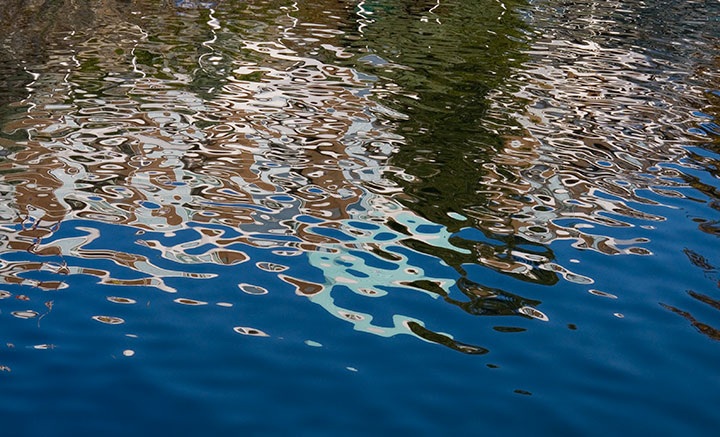
My favorite thing about Victoria, though, was discovering a visual melting pot of Old World and New World,
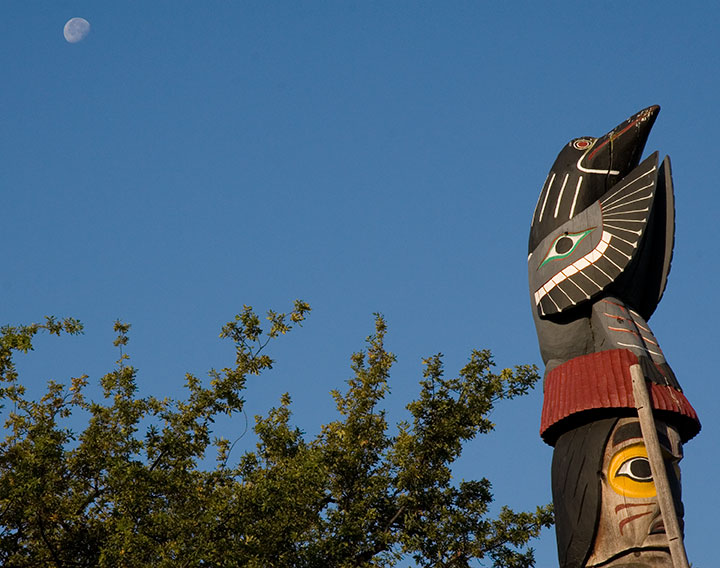
and of East and West.
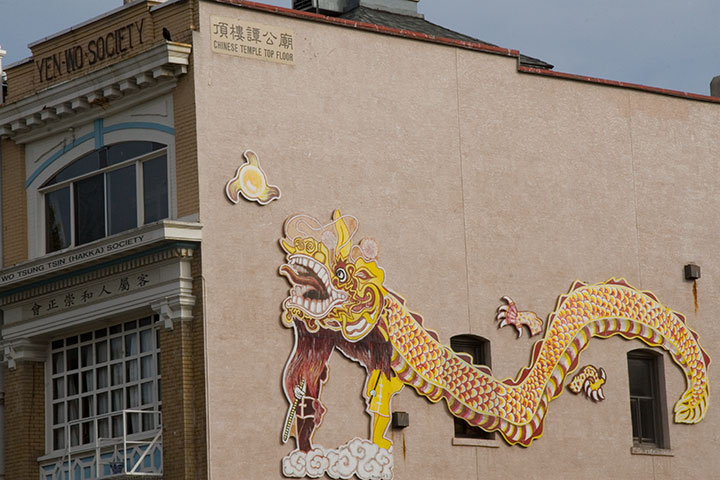
When I think of the American West, what usually stands out in my mind are dramatic natural vistas with little or no human presence. So standing on the other side of the border, and seeing an English-style Parliament complex just a stone’s throw from rugged mountains and First-Nations totems was a little jarring at first glance. But then I realized that Victoria isn’t necessarily a city of contrasts, but something else altogether: a blend of all the best parts of the cultures and environments that have come together here. It was both comfortably routine and utterly foreign at the same time.

And I remembered that all my experiences in Canada have been like that: an unexpected twist on something very familiar. Always at hand is the feeling of great adventure in a strange land—and the sense that home is just around the corner.
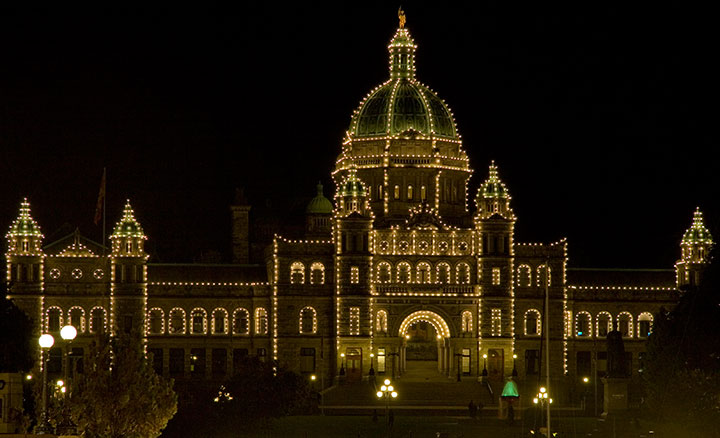
November 24th, 2011
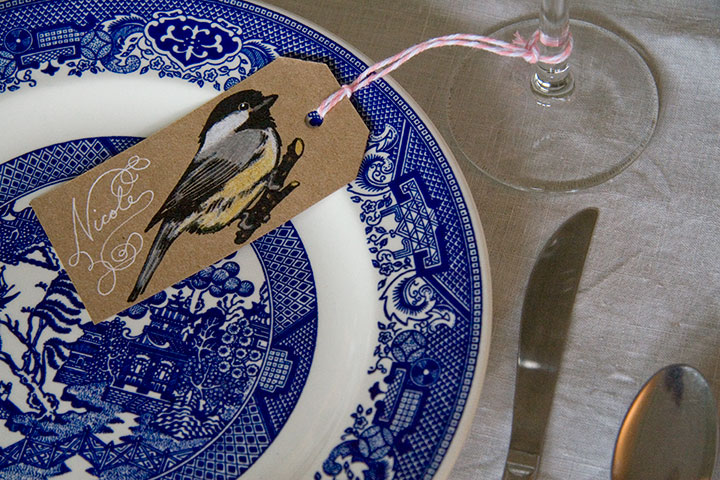
The last of our guests will be arriving any minute, and then today will be complete.
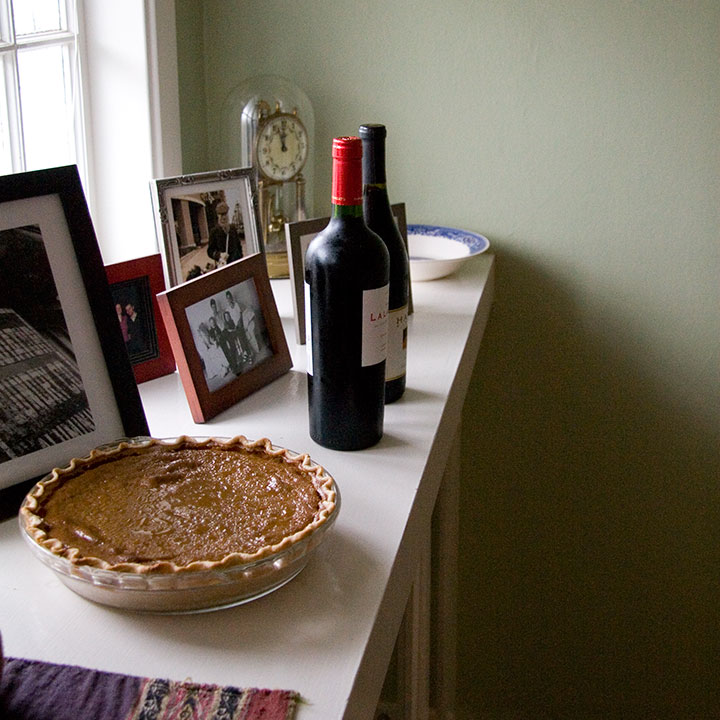
This year we have visitors who made a thousand-mile trek, bearing gifts of California wine and citrus—as well as callers just a short neighborhood stroll away, wrapped in scarves against the damp chill in the air.
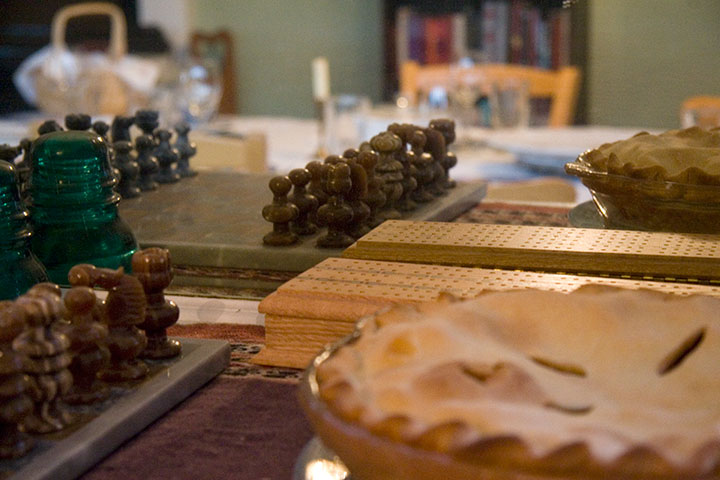
Each friend is a gift, and we raise our glasses to them in gratitude and love.
Wishing you a bountiful table with friends at every place. Happy Thanksgiving.
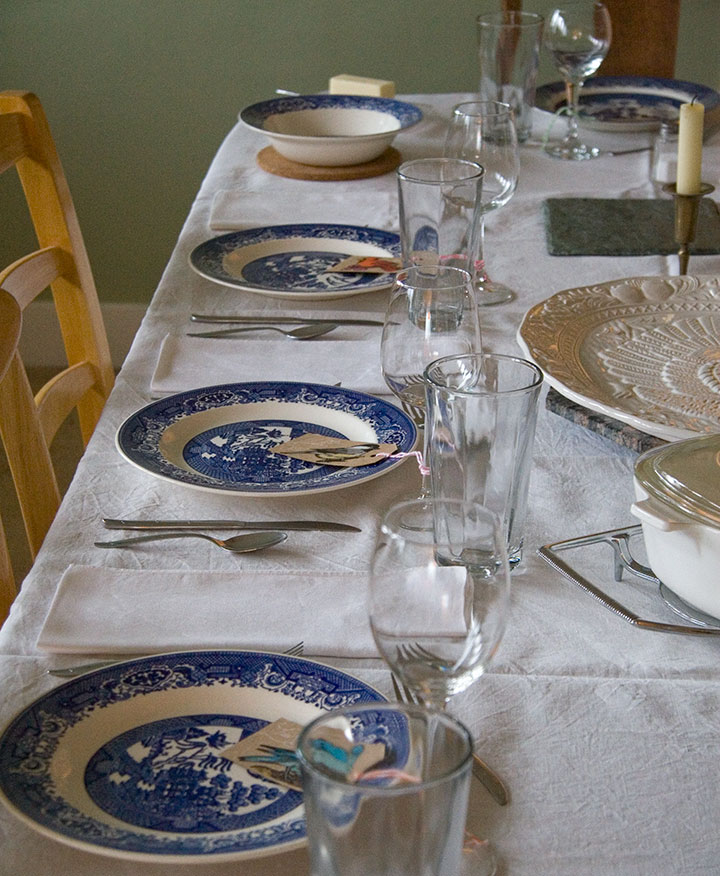
November 15th, 2011
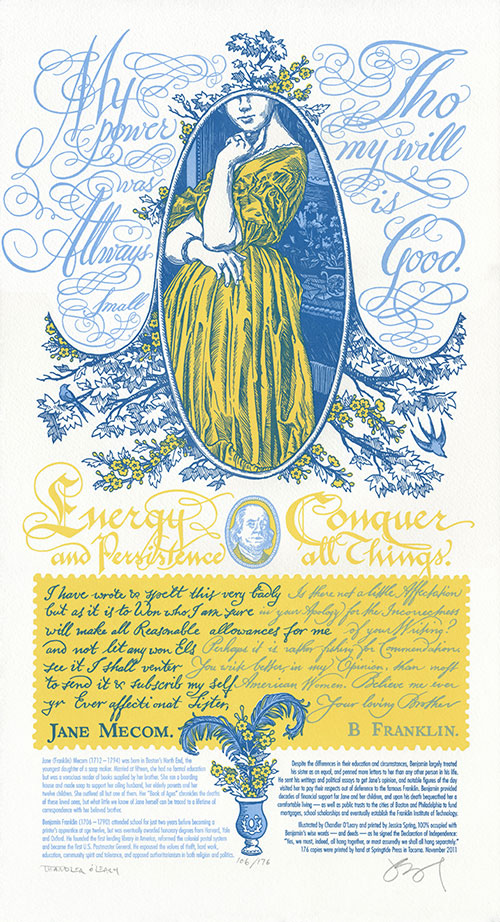
It’s hard to ignore the news of protests, ahem, occupying the attention of cities around the world—of the many and diverse thousands of people unified under one simple, yet infinitely faceted mantra. As members of the, well, vast majority of folks without any real political or financial clout in the world, Jessica and I can get behind their message—but that’s not so much the point. What really amazes us is that with a little tenacity and strength in numbers, the powerless can suddenly become very powerful, indeed.
It made us think of a woman who, despite having a famous sibling, would have disappeared into obscurity but for the simple act of picking up a pen.
My power was allways small tho my will is good. —Jane Mecom
Jane’s eminent brother, on the other hand, had a little more faith:
Energy and persistence conquer all things. —Benjamin Franklin
Jane had both energy and persistence in spades—although we marvel at how she managed it, with twelve kids, a family business and a house perpetually full of boarders to occupy her attention. Yet of Benjamin’s sixteen siblings, Jane is the only one whose story has survived the 200+ years since her death—and all because she committed her thoughts to paper. So in honor of Ben and Jane’s relationship, and in solidarity with those who find the strength to speak up, we present our first dual Dead Feminist broadside, Signed, Sealed, Soapbox.
Since this is also our first print that features a cameo from a male Dead Feminist (nope, you don’t have to be female to be a feminist), we thought it deserved a little something extra. So we set it up like a conversation—or in this case, a written correspondence. Besides, there was just so much historical ground to cover—even condensing the information to a blog post is a challenge, let alone plucking two sentences from a lifetime of dialogue. (If you haven’t already guessed, this post is a long one. Grab a cuppa if you dare to settle in!)
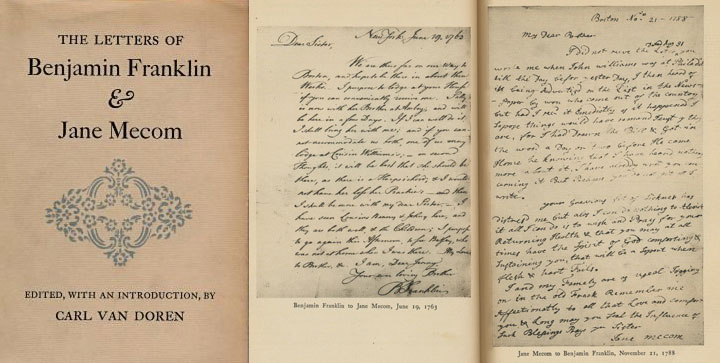
What first sent us down the Jane Mecom rabbit hole was an article about her in the New York Times, written by Jill Lepore. Lepore’s words sent me searching for more information, and I found it buried in the stacks of my local public library. I uncovered an obscure tome: The Letters of Benjamin Franklin and Jane Mecom, by Carl van Doren. The book chronicles their entire surviving correspondence—98 letters in all, printed in full. I was a little worried that the writing style of the day would make even skimming for quotes a chore—but in truth, I couldn’t put it down. It was like peering into the lives of any two ordinary people who happened to care for each other very much. There’s humor, and worried advice, and gossip, and gentle sarcasm, and the occasional scolding (usually on Jane’s part) when one or the other let too much time pass between letters. Most of all, there’s love—it’s there on every page. After all of that, we couldn’t just limit the broadside to a couple of one-liners. So the quotes are accompanied by excerpts from their actual letters, each calligraphed as closely as possible to Ben and Jane’s actual handwriting. Even the spelling errors and colonial-era grammar are intact; we figured it was better not to mess with history.

Jane’s excerpted letter:
I have wrote & spelt this very badly but as it is to Won who I am sure will make all Reasonable allowances for me and will not let any won Els see it I shall venter to send it & subscrib my Self yr Ever affectionat Sister, Jane Mecom.
Ben’s reply:
Is there not a little Affectation in your Apology for the Incorrectness of your Writing? Perhaps it is rather fishing for Commendation. You write better, in my Opinion, than most American Women. Believe me ever Your loving Brother, B. Franklin.
There are few Founding Fathers more famous than Ben Franklin, but Jane was somewhat of a mystery. What we do know is that she had a very different life than her illustrious brother. Thanks to the simple fact of having been born female, her youth was spent having babies rather than obtaining an education. Her life was marked with misfortune, poverty and the deaths of nearly everyone she loved. Yet through it all she craved knowledge, and read everything she could get her hands on. She was a skilled craftsperson, making the famed Franklin Crown Soap and teaching the trade to others. And she followed her brother’s career with pride—and he supported her in return, both financially and emotionally.
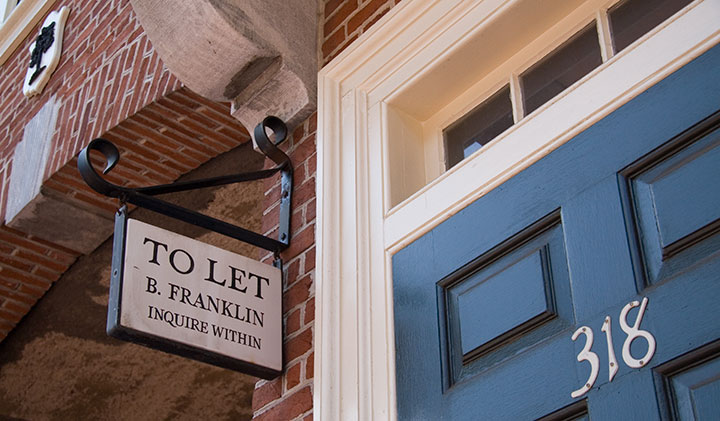
The Tailor and I spent time in both Boston and Philadelphia this summer—ye olde stomping grounds for Doctor Franklin. I had the library book of letters with me on the trip, so their words lent an interesting depth to our wanderings.
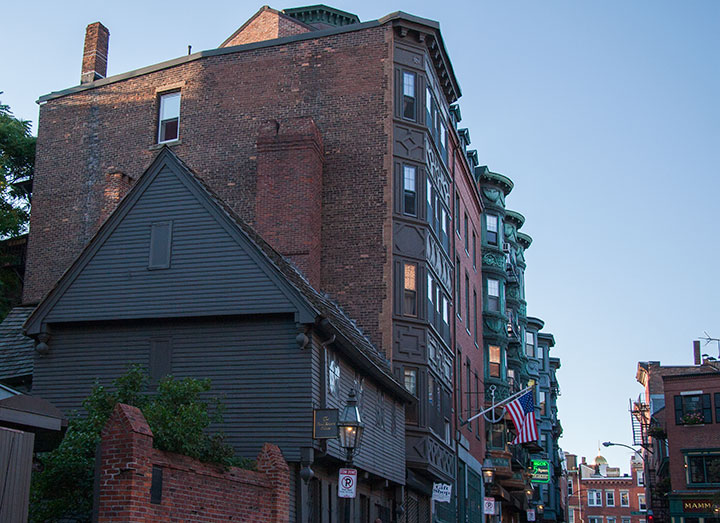
Boston is one of my hometowns, so it was there that I did the most digging. And it turned out that digging was necessary. Ben’s presence is everywhere in Philly, but in Boston, with so many Revolutionary War heroes to honor there, the Franklin family’s presence is far more subtle. And Jane? Well, she’s almost nowhere to be found.
Almost.
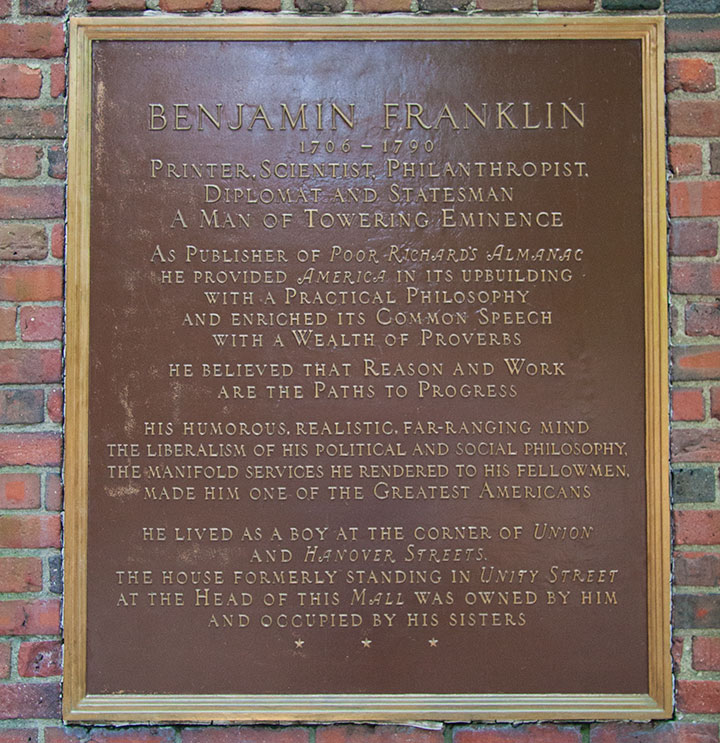
This plaque is all that’s left of the house where Jane spent all her life. It was knocked down to make room for a memorial to Paul Revere. The plaque does mention her briefly, but not by name. Another hazard of being female in the eighteenth century, I suppose.
But Jane lived through the Revolutionary war—in fact, as a resident of the North End, her home was right in the thick of it. In 1775 she fled the British-occupied city and took refuge with friends near Providence, Rhode Island. There, Ben came to rescue her. He took her to Philadelphia, where she spent a year with him before returning to a liberated Boston. While that year was full of turmoil and uncertainty for the citizens of the new United States, 1776 was quite possibly the best year of Jane’s life. For the first time in ages, she could bask in her beloved brother’s company—and he made time for her despite being busy with other things (you know, like founding our country)—and as the honored guest she was largely free from work and family duty.
As far as I can tell, it was also the last time she ever laid eyes on him. Visiting at all was a rare treat—between Ben’s high-profile career and the then-formidable distance between Boston and Philadelphia, it was impossible for them to visit one another more than a handful of times in their entire lives. And since it would have taken weeks for a letter to cross five colonies, and months to traverse the ocean to reach Ben in France, it’s a wonder they remained as close as they did all their lives. Lends a whole new meaning to “snail mail,” doesn’t it?
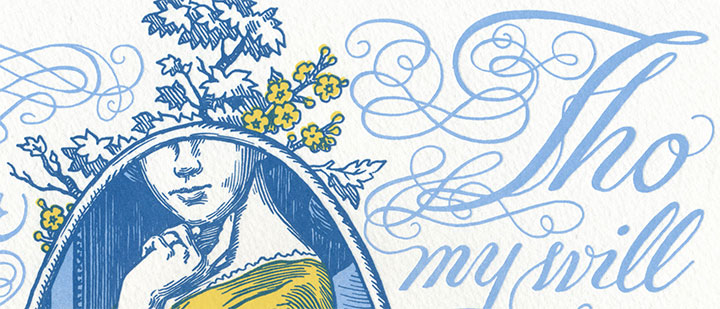
Signed, Sealed, Soapbox is illustrated with the sweeping curves of ornate penmanship and the detailed linework of colonial engravings. A faux-bois forest of branches and flowers resembles the printed toile fabrics of the day. The swoops and swirls of the calligraphy rest in stately Wedgwood blue (complimented by a telltale vase at the bottom!), while Ben and Jane’s correspondence occupies a buttery yellow letter edged like a vintage postage stamp.
And though there is no surviving likeness of Jane Mecom, she deserves so much more than the portrait of a Jane Doe. Instead, she is made in the image of The Comtesse d’Haussonville by French painter Jean-Auguste-Dominique Ingres.

Ben was the best big brother Jane could have asked for. So in honor of his positive influence, we’ll be donating a portion of our proceeds to the Puget Sound chapter of Big Brothers, Big Sisters—an organization dedicated to providing children facing adversity with mentor relationships that change their lives for the better, forever.
• • • • • • • • • • • • • • • • • • • • • • • • • • • • • • • • • • • • • • • • • • • • • • • • • • • • • • • • • • • •
Signed, Sealed, Soapbox: No. 14 in the Dead Feminists series
Edition size: 176
Poster size: 10 x 18 inches
Printed on an antique Vandercook Universal One press, on archival, 100% rag (cotton) paper. Each piece is numbered and signed by both artists.
Colophon reads:
Jane (Franklin) Mecom (1712 – 1794) was born in Boston’s North End, the youngest daughter of a soap maker. Married at fifteen, she had no formal education but was a voracious reader of books supplied by her brother. She ran a boarding house and made soap to support her ailing husband, her elderly parents and her twelve children. She outlived all but one of them. Her “Book of Ages” chronicles the deaths of these loved ones, but what little we know of Jane herself can be traced to a lifetime of correspondence with her beloved brother.
Benjamin Franklin (1706 – 1790) attended school for just two years before becoming a printer’s apprentice at age twelve, but was eventually awarded honorary degrees from Harvard, Yale and Oxford. He founded the first lending library in America, reformed the colonial postal system and became the first U.S. Postmaster General. He espoused the values of thrift, hard work, education, community spirit and tolerance, and opposed authoritarianism in both religion and politics.
Despite the differences in their education and circumstances, Benjamin largely treated his sister as an equal, and penned more letters to her than any other person in his life. He sent his writings and political essays to get Jane’s opinion, and notable figures of the day visited her to pay their respects out of deference to the famous Franklin. Benjamin provided decades of financial support for Jane and her children, and upon his death bequeathed her a comfortable living — as well as public trusts to the cities of Boston and Philadelphia to fund mortgages, school scholarships and eventually establish the Franklin Institute of Technology.
Illustrated by Chandler O’Leary and printed by Jessica Spring, 100% occupied with Benjamin’s wise words — and deeds — as he signed the Declaration of Independence: “Yes, we must, indeed, all hang together, or most assuredly we shall all hang separately.”
Available now in our new Dead Feminists shop!

November 7th, 2011
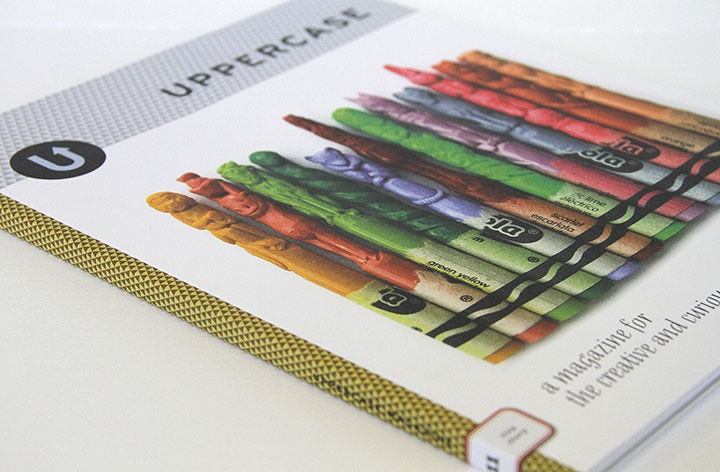
Every three months my all-time favorite magazine, Uppercase, arrives in my mailbox, and productivity in the studio comes to a screeching halt while I drool over each gorgeous page. I’ve been a subscriber since almost the very beginning (if only I could get my paws on those first two sold-out issues!), and impossibly, every new issue is even lovelier than the one before.
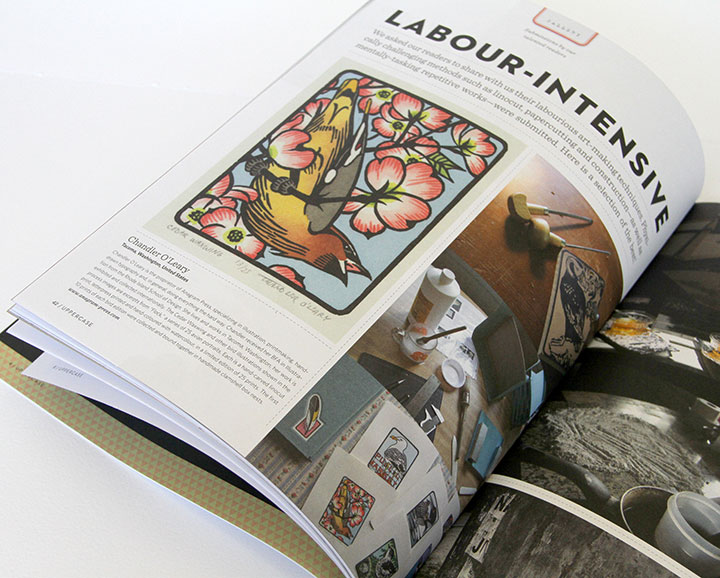
So you can imagine my giddy delight to be included in the latest installment. They had a submissions call for a feature on “labor-intensive illustration,” which was so squarely up my alley that I had to laugh at myself. But I never imagined my little birds would actually be accepted—let alone given a full page. A letterpress colleague received her copy a day or two ahead of me and tipped me off, and I swear I did a little dance around the room.
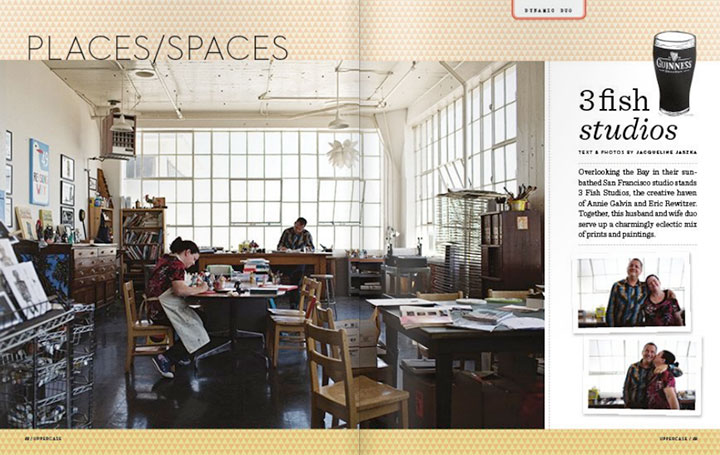
UPPERCASE is the brainchild of a gallery by the same name in Calgary, Alberta. The magazine is tailor-made for anyone with a creative soul; every page is devoted to sharing visual inspiration, shedding light on obscure or vintage art and design work, and detailing the work lives and creative spaces of people who do what they love for a living.
The whole thing is a perfect mix of vintage nostalgia and cutting-edge design, all wrapped up in a sumptuously printed package. If only everything in the world had this much thought and craft behind it.

But my favorite—I mean, favourite—parts of the magazine are the recurring features. There’s an abecedary in every issue, each with a different theme (which does my bookish heart good), as well as a series of collections of vintage objects: bottle caps, cereal boxes, even alarm clocks and fishing lures.
This magazine is truly a thing of beauty, and I hope it’s around for me to keep my subscription going for many years—and issues—to come.

![Chandler O'Leary [logo]](https://chandleroleary.com/wp-content/themes/chandleroleary/images/logo.png)












































































